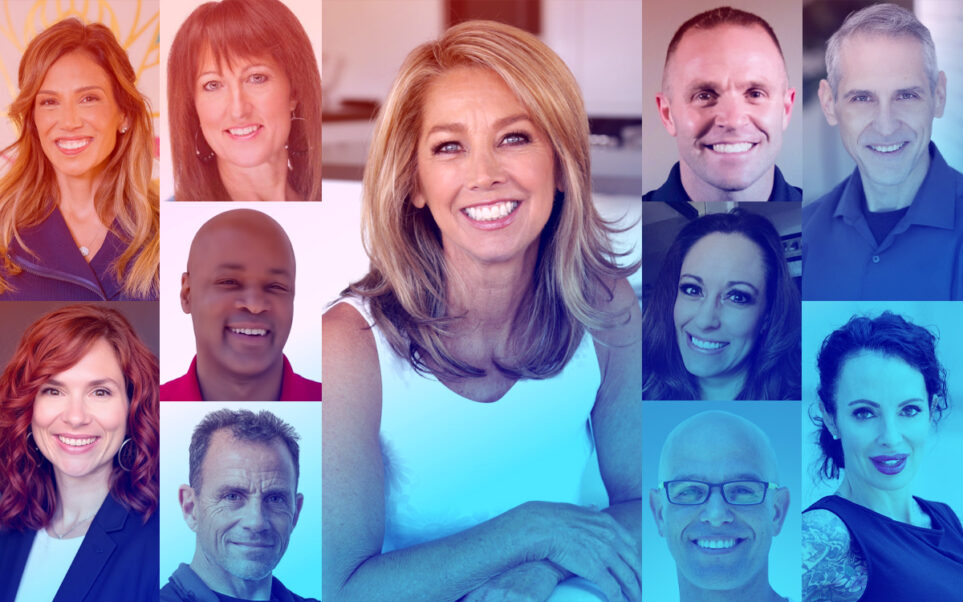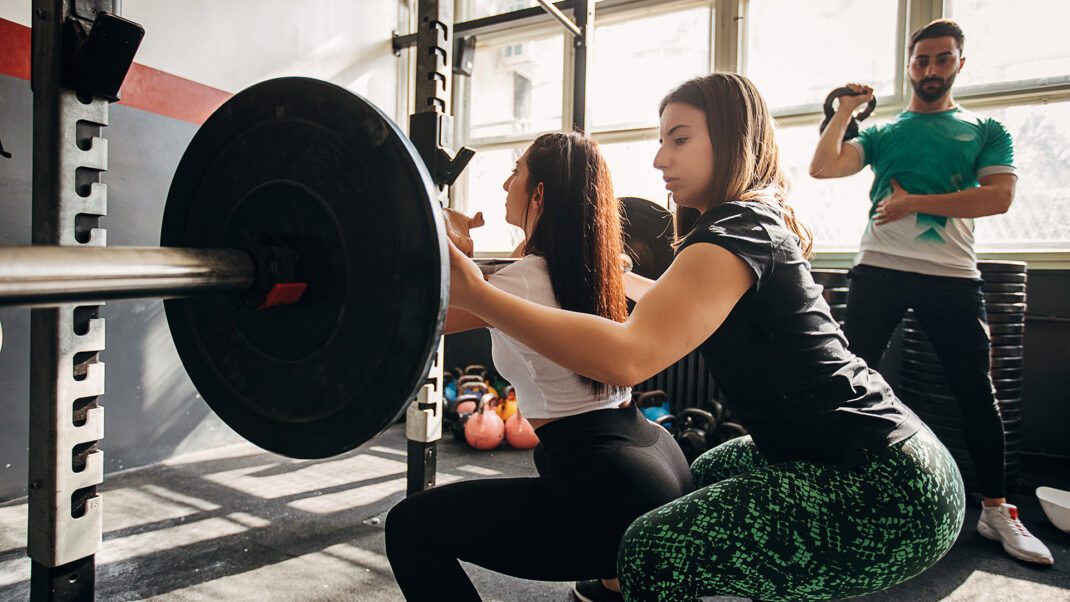Spa Secrets for Studios
One of the largest trends in the wellness movement is the emergence of spas around the globe. Originally derived from the Latin “solus per aquam,” or “health from water,” the today’s evolved spa offers a plethora of different modalities for self-care, including body treatments, nutritional approaches to wholesome eating, educational platforms ranging from guided meditation to stress management. This article explores some of the unique aspects of spa-based facilities so other studios can glean some spa-like approaches for general programming. When faced with the following suggestions, the ultimate question this author poses to someone working in the traditional fitness facility is “Why couldn’t we embrace that even if we don’t have a spa?”
S-P-A
As a spa consultant, I use an evolved acronym of “s-p-a” where the “s” stands for “school,” “p” for “palace,” and “a” for “abode” to some degree within each class or personal training session.
School
Spas serve as places to “school” guests in places of educational potential, such as in classrooms, kitchens, and outdoor spaces in which programming exists designed to address the mind in learning something life-changing in addition to working the physical body.
Palace
Next, spas serve as places to make guests feel “palatial” by including elements of royalty in service such as providing elegant public and private areas, from outstanding attention to detail, to creating a royal ambience (easily achieved with candles), to small details such as offering water of decaffeinated green tea with sliced fruit after class. Karla Overturf is a group fitness instructor with both spa and traditional fitness experience. “At Sierra Fitness I teach ‘classes,’ but at Canyon Ranch, I create ‘experiences.’ We don’t welcome ‘members,’ but ‘guests,’ and greet them like in a palacr with a slight bow, hands folded in prayer position, a movement reserved in the traditional environment only for yoga. The choreography at both places may be the same, but the whole approach at the spa encompasses total wellness.”
Abode
Third, spas try to help guests feel like they are in a comfortable “abode” to create a “homey” feeling, from offering robes and comforters in waiting rooms, to touches of aromatherapy carried out in all spa areas (including the gym floor!), to offering amenities like fruit bowls, newspapers, and toiletries in the locker rooms.
Mission Statements
Like traditional facilities, spas have both mission and vision statements, but go a step further in creating them for each department. A mission statement explains what the facility is about today in terms of wellness, and a vision statement shows where it wants to move towards tomorrow. One of the spa director’s missions, then, is to coordinate these statements so that they all flow together instead of appearing “a la carte” in which different departments merely coexist. Blake Feeney, Spa Director for Canyon Ranch Spa at the Venetian Las Vegas, says “the spa’s group fitness, personal training, movement therapy, and nutrition departments not only possess their own mission statements, but these complement the missions of our treatment, retail, and food & beverage departments as well. We reflect our mission in all areas, including music, aromatherapy, equipment, uniforms, and terminology including standardization in class and personal training introductions.”
This mission-statement interconnectedness commences at hiring for versatility. Consequently, spas usually have more cross-training and cross-utilization than at traditional facilities, which can boost sales. Deanna Saraceni, massage therapist at the Golden Door Spa in Puerto Rico, also instructs yoga and is a certified personal trainer. “I get my guests from massages to join me in classes, and from there I usually get personal training clients as well.” The overall effect is that every department in a spa appears connected under the umbrella of wellness, and, ultimately, every department assists boosting sales in other departments. This rarely occurs in the traditional facility where departments seem to run independently.
Spa guests usually have one expectation: expect something different. Generally, since they almost completely disrobe for most treatments, their guard has to be down. “The resulting advantage to spa group exercise and personal training is that guests are open to try things they may not try outside of our sanctuary, so they really cross-train and learn things that help them make life-changing positive changes” says Deborah Puskarich, Group Exercise Director for the Cooper Fitness Center and Spa at Craig Ranch in McKinney, Texas. “Regular clubs can simulate this environment if they change their creative programming often so the students come to expect exciting change.”
Both spas and traditional facilities today offer strong fitness and wellness components. Because spas offer body and beauty treatments, food and beverage offerings, and retail support that all is designed to complement the missions of classes and personal training sessions, the result is the feeling of being in a place that fuses school, palace, and abode. Even without all spa amenities, traditional facilities can still explore some of the specific aspects of spa fitness in an effort to make their own environment feel a bit more like a s.p.a., ultimately offering the potential to cross-promote, cross-utilize, and cross-sell all programs within the facility, with true aspects of a more holistic wellness center.
Lawrence Biscontini, MA, is an international spa consultant and contributor to Inner IDEA.





